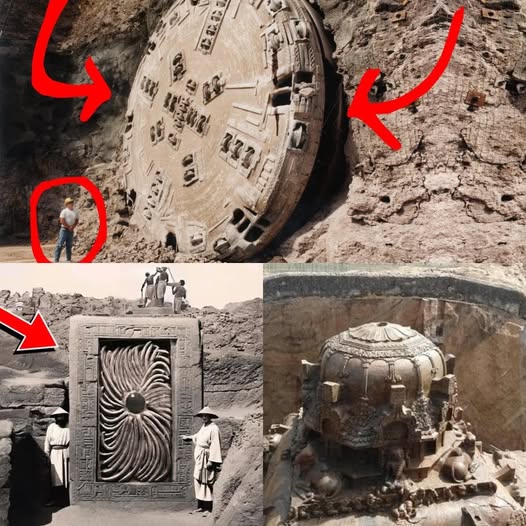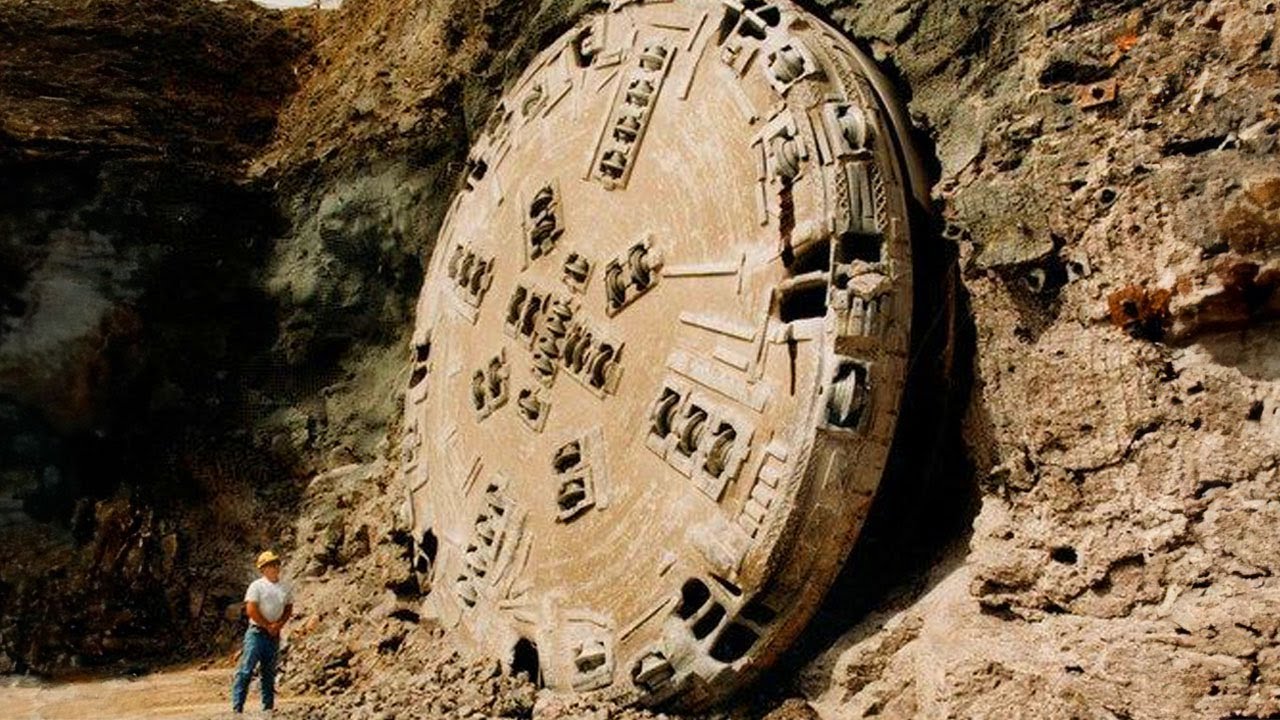The world is filled with strange artifacts, puzzling finds that continue to challenge conventional explanations.
Discovered in a shipwreck off the coast of Greece in 1901, the Antikythera Mechanism is a complex ancient Greek analog computer dating back to the 2nd century BCE. It is composed of a sophisticated system of bronze gears that were used to predict astronomical positions and eclipses. The device’s intricate technology was so far ahead of its time that nothing of its kind was seen again for over a thousand years, leading many to call it the world’s first computer.

The Voynich Manuscript is an illustrated codex hand-written in a language and alphabet that have remained completely unreadable since its discovery in the early 20th century. The manuscript contains detailed drawings of plants that don’t seem to exist, astronomical charts that don’t match any known stars, and illustrations of strange, ritualistic human figures. Dating back to the 15th century, the book has puzzled cryptographers and linguists for decades, leading to speculation that it is either a very elaborate hoax, a lost language, or a coded message.

The Piri Reis Map is a famous pre-modern map compiled in 1513 by the Ottoman admiral and cartographer Piri Reis. The map is a portion of a larger world map that shows the western coast of Africa, the eastern coast of South America, and a northern coastline of Antarctica. What makes it so puzzling is that Antarctica wasn’t officially “discovered” until the 1820s, and the map shows the coastline beneath the ice, which scientists believe hasn’t been visible for thousands of years. The map continues to be a source of debate, with theories ranging from it being based on ancient, lost sources to being a remarkable, but unproven, coincidence.
